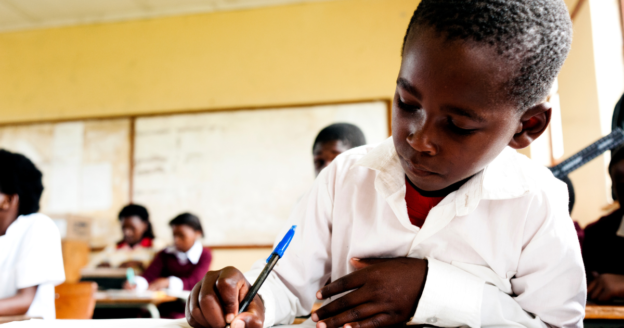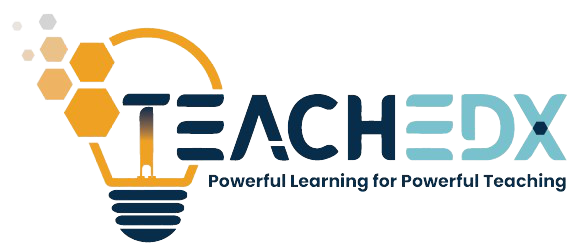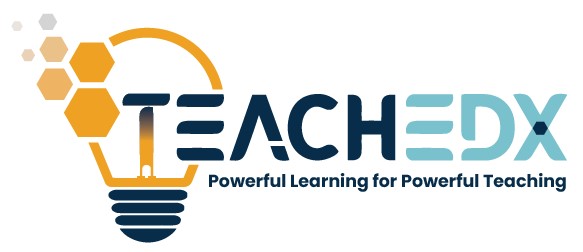Lesson Planning for Deeper Student Learning
- Venessa Powell
- March 4, 2024
- No Comments

In the quest for deeper student learning, you are required to craft engaging lessons, implement authentic assessments, and integrate learning progressions to support student growth and achievement. This article explores the interconnected strategies of fostering student engagement, utilizing authentic assessment, and incorporating learning progressions to create meaningful and impactful learning experiences.
Fostering Student Engagement
To promote deeper student learning, fostering high levels of student engagement is essential. By actively involving students in the learning process, you can enhance retention, critical thinking skills, and real-world relevance. Strategies to increase student engagement include:
- Incorporating real-world examples and applications to make learning relevant and practical. You have probably heard me say it by now. what we do in schools should have real-world utility. It is not enough for students to be laden with facts to pass exams. They should be given opportunities to see the knowledge they are learning at work in the real world.
- Encouraging collaboration and discussion to promote communication and teamwork skills. Students need to learn how to collaborate and have productive discussions. We often take for granted that they know how to. We have to provide routines and protocols to get them started because these skills do not come naturally.
- Using multimedia and technology to cater to different learning styles and enhance interactivity. Advances in the technology available in smartphones and tablets allow us to utilise tools such as artificial intelligence to personalise learning for each student. With some planning, we can differentiate the sources of content and types of assessments we provide so that students can have a choice in how they interact with the discipline.
- Incorporating hands-on activities and projects to deepen understanding and provide practical applications of concepts. Our classroom activities should be Google-proof. If students can find the answers to the tasks we give by typing the prompt into a search engine, then they are not sufficiently engaged. We should seek to provide activities that require them to analyse the information they find and synthesize information across sources to create a unique response. AI-proof the activity by further asking for applications in local contexts (their schools, homes, communities, among their friends, etc).
Utilizing Authentic Assessments for Deeper Student Learning
Authentic assessment plays a crucial role in promoting deeper student learning by mirroring real-world challenges and requiring students to apply their knowledge in meaningful ways. Strategies for incorporating authentic assessment include:
- Designing performance tasks that simulate real-world scenarios and assess students’ application of knowledge. Performance tasks are a great way of truly seeing the depth of students’ understanding. They should require students to engage in decision-making, applying their knowledge in context, and taking into consideration multiple constraints and conditions.
- Presenting students with real-world problems for analysis, decision-making, and solution proposals. This can be further extended to have students critique the efficiency of proposed solutions and suggest ways in which these solutions could be improved. This helps them to develop their critical thinking skills and creativity. Similar to collaboration and communication, students will need to be taught how to provide constructive critiques.
- Implementing portfolio assessments to showcase learning progress and promote self-reflection. I love the idea of students seeing and being able to describe the progress they have made over time. The portfolios could be a physical folder or an electronic file where evidence of their growth is curated. For these to be effective, the feedback we provide has to go beyond letter and number grades. Students need qualitative feedback substantiated by evidence so they have clarity on the ways they have faltered. Rubrics should be provided ahead of the assessment so they know the success criteria and can gauge the quality of their product.
Incorporating Learning Progressions
Learning progressions provide a structured roadmap for students to master essential concepts and skills over time. By incorporating learning progressions into lesson planning, you can:
- Establish clear learning goals and break them down into manageable steps. This will help you minimize student overwhelm and disengagement due to gaps in their knowledge base.
- Sequence learning activities to align with the progression of skills and knowledge. A coherent sequence helps students to progress from simple to more complex activities. The steady build-up will help to keep students engaged as they are progressively challenged to move to the next level.
- Differentiate instruction based on students’ needs and readiness levels. For each activity, provide students with items at different cognitive levels to choose from so that they can find something they can do.
- Provide ongoing feedback to guide student learning and growth. Feedback needs to extend beyond letter and number grades unless these are part of an established feedback system where students are aware of the meaning of the letter/number. Qualitative feedback, though more time-consuming, is more effective at getting students to improve their performance.
- Offer opportunities for practice and application to deepen understanding. Very rarely do we get something right on the first try in the real world. Hence, we should build into our lessons opportunities for students to have multiple attempts at developing mastery. This can be incorporated into their portfolios where they have multiple drafts of an assignment, improving on each iteration.
- Promote metacognition and student ownership of learning. By providing rubrics and opportunities for peer and self-reflection, we position students to monitor their knowledge growth. Schedule time within your lesson for these activities to take place so that you can monitor students until they can reflect on their own. Provide prompts to guide their thinking and reflection.
- Integrate cross-curricular connections to provide a holistic view of learning. Very often students do not see the linkages across content areas and even topics within the subject. These linkages help to increase the likelihood of knowledge retention, making student understanding deeper.
Conclusion
By combining strategies to foster student engagement, utilize authentic assessment, and incorporate learning progressions, you can create dynamic and impactful learning experiences that promote deeper student learning. Through intentional lesson planning that prioritizes engagement, relevance, and progression, you can empower students to connect classroom learning to real-world applications, develop critical thinking skills, and embark on a journey of lifelong learning and growth.
Other articles you may find interesting:
Like this article?

Venessa Powell
I never wanted to become a teacher. As a matter of fact, anybody who knew me knew that I was set on becoming a graphic designer. Some would say it was by divine intervention others may call it the universe redirecting me, but circumstances led me to teachers’ college at the end of high school where I pursued secondary mathematics education.


